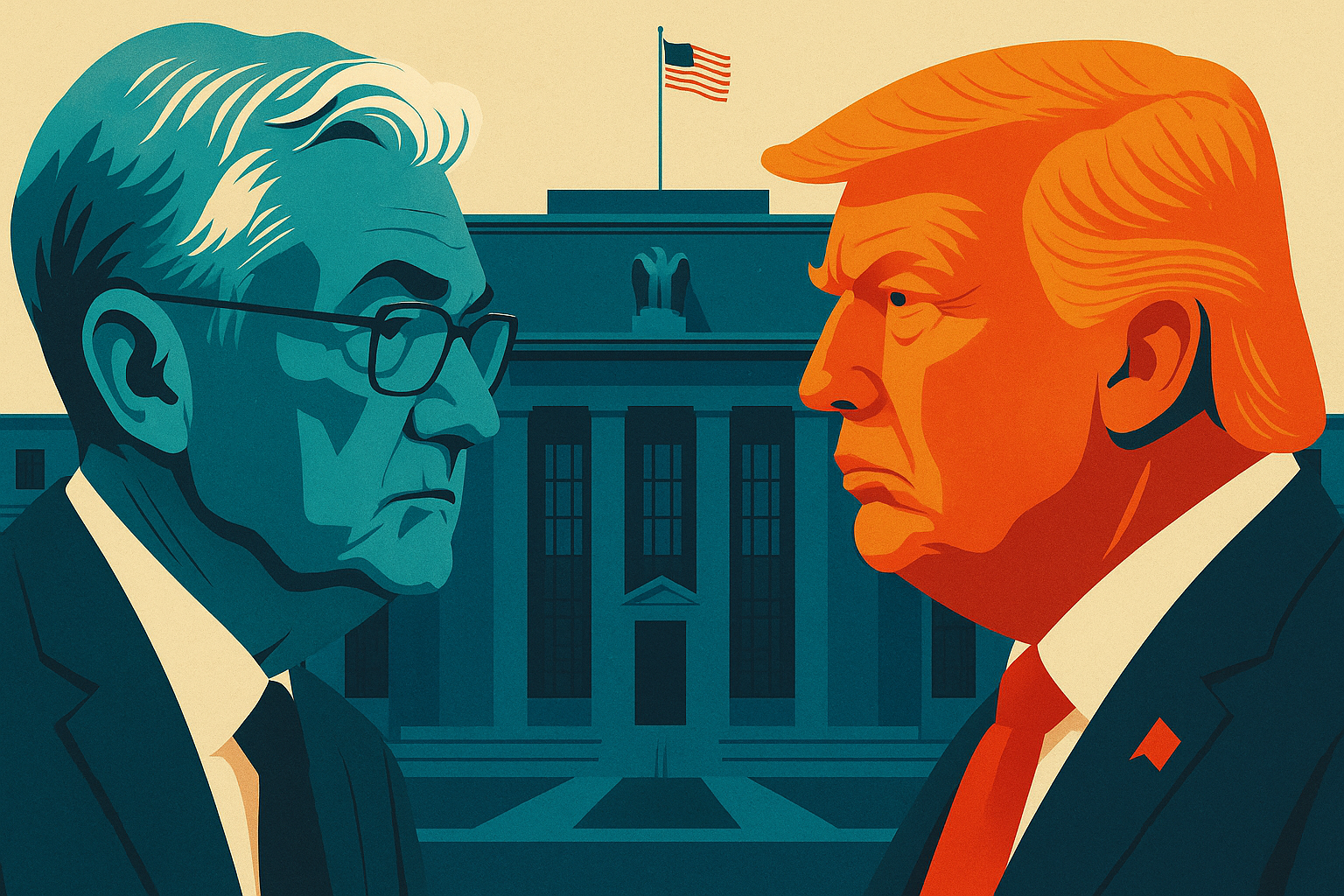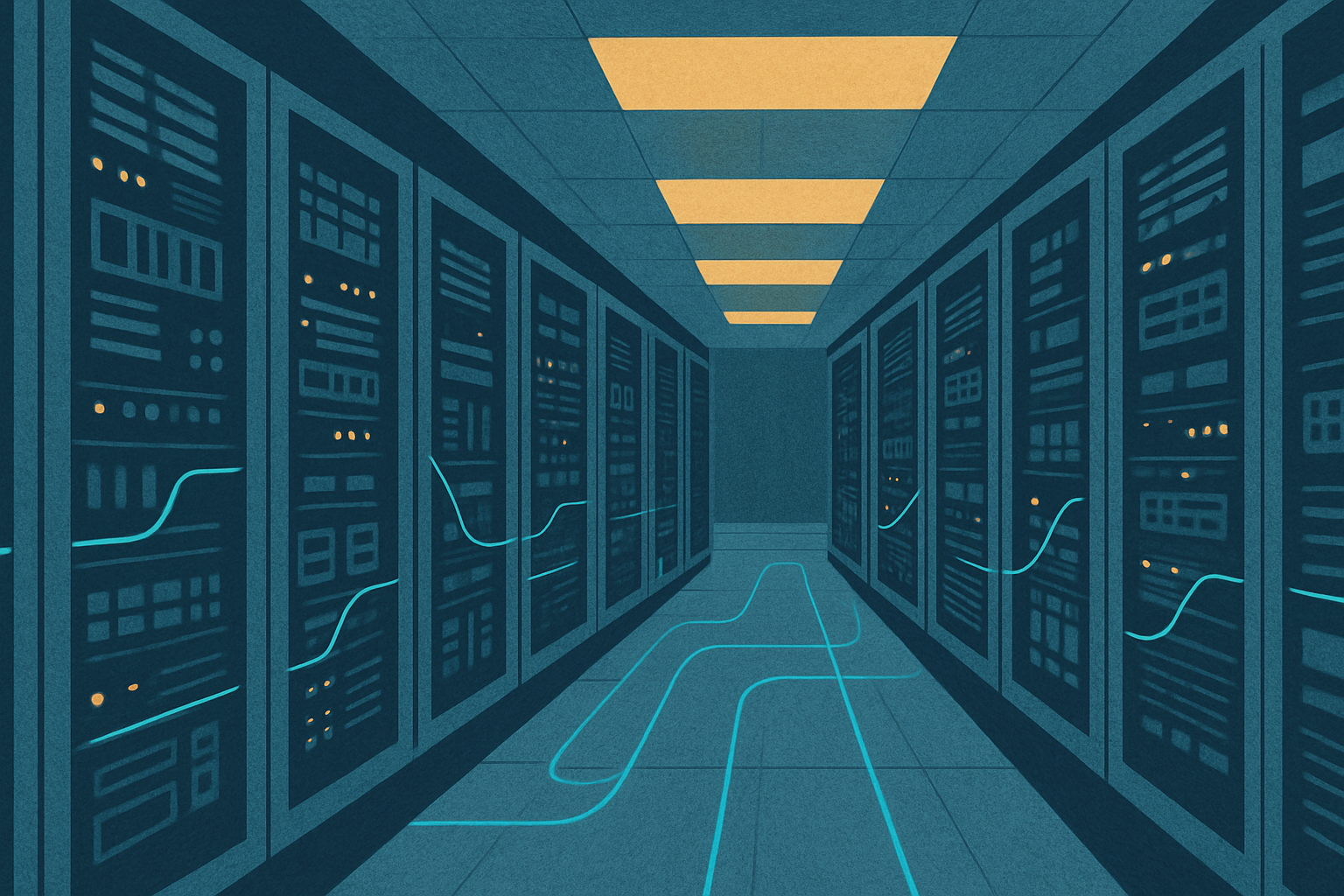The US Federal Reserve left interest rates unchanged on 18 June, maintaining its benchmark target range at 5.25–5.50% for a fourth consecutive meeting. While inflation remains above target, officials pointed to growing risks from tariffs and softening growth.
“Recent indicators suggest that economic activity has continued to expand at a solid pace,” the Federal Open Market Committee (FOMC) said. “Job gains have remained strong, and the unemployment rate has remained low. Inflation has eased over the past year but remains elevated.”
The central bank reaffirmed its 2% inflation goal and said it would adjust policy “as appropriate” in response to shifts in the outlook.
Fed Chair Jerome Powell used the post-meeting press conference to warn that recently announced import tariffs could add to inflation in the coming months. “Ultimately, the cost of the tariff has to be paid, and some of it will fall on the end consumer,” he said. “We do expect more of that over the course of the summer.”
Policymakers revised down their growth expectations for 2025, with the median projection for real GDP now at 1.4%, down from 1.7% in March. Inflation forecasts rose slightly to 3%, while unemployment is now expected to reach 4.5%. Officials still expect to cut rates twice before the end of the year — down from three cuts previously expected — though the path for 2026 and 2027 now looks flatter.
Powell said early signs of tariff-driven price increases are already emerging in categories such as personal computers and audio-visual equipment. “These are likely to push up prices and weigh on economic activity,” he noted.
While the Fed does not set policy in response to political developments, Powell acknowledged that trade-related costs remain a concern. “We try to separate those things out. But tariffs are a cost,” he said.
The Fed’s decision came amid broad investor caution. The S&P 500 closed down 0.03% at 5,980.87, with the Dow dipping 0.10% and the Nasdaq gaining 0.13%. Treasury yields initially fell but later steadied as Powell’s comments dampened expectations for early cuts.
“The calm that the Fed has should be comforting to investors,” said Bob Savage, head of markets strategy at BNY, speaking to Reuters. “But it also reflects the incredible uncertainty that we have over all the data.”
For US households and businesses, the rate hold means borrowing costs remain elevated — with mortgage rates, credit card interest, and business lending all still well above pre-2022 levels. Any relief will likely depend on how tariff-driven inflation unfolds across the summer.




